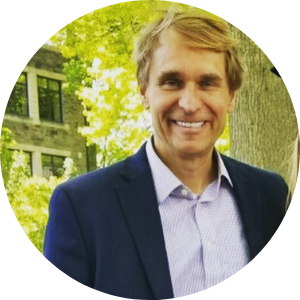
The Rhythm of a Great Place to Work: Drew Clancy
The Rhythm of a Great Place to Work: Drew Clancy, President of PCI
Drew Clancy, President of Publishing Concepts (PCI), is a self-proclaimed ‘cultural enthusiast’. His commitment to the core elements of culture has resulted in year-over-year growth and consistent recognition as a Best Place to Work. As a third-generation leader, he has brought this near 100–year-old family business solidly into the 21st Century through innovation and servant leadership.
Season 1 | Episode 09 | November 12, 2019
Show Notes
We inspire dreams and transform lives
PCI’s Purpose
A Successful Third-Generation Family Business
Drew Clancy is President of PCI, a midsize, third-generation family business headquartered in Dallas, Texas. In 2021 they will celebrate 100 years in operation, and like any company that has weathered that much time, they’ve experienced iterations and evolutions. In 1982, Jack Clancy, Drew’s father, breathed new life into the company and gave it a new name: Publishing Concepts, now best known as PCI. They’re in the business of “helping college, university, and association clients engage their alumni and membership and raise money in order to fulfill their mission of educating our nation’s future leaders”.
Jack Clancy was a ‘dynamo’, as Drew describes in the interview and embodied many first-generation and founder qualities: charisma, high energy, generosity and a preponderance for making all the decisions, and generally keeping tight reigns on the business. These characteristics are needed at start-up but will cripple the business over the long-term. Note: PwC has published a very interesting survey on family businesses. A short video summary can be found here.
Drew entered the picture in 1995 after his father suffered a heart attack and could no longer bring his formidable energy and presence to the business. Drew recognized the talent and capacity of the team and brought his own unique approach to leading and managing to PCI. Essentially, he navigated the company past the ‘founder’s trap’ as described by Dr. Ichak Adizes, creator of the Adizes Corporate Lifecycle, and steered PCI toward sustainability. And it’s working – PCI continues excellent financial performance, targeting $50M in revenue this year, doubling 2016’s performance. As you hear in the interview, Drew is a self-described “workplace culture enthusiast” and is so passionate about this that he invites anyone to reach out to him for a conversation.
Organizational Culture as a Business Strategy
We spent the bulk of our time discussing Drew’s passion: workplace culture. He is a strong believer in Servant Leadership and sees creating a thriving workplace as a foundational business strategy. His orientation is paying off: PCI has appeared on both Dallas Morning News 100 Best Places to Work and Best Companies to Work for in Texas, nabbing first place in 2015 & 2016. Even with these accolades, he doesn’t take culture for granted, claiming “you have to work for it every day”.
They have a term for the central elements of their culture, theFIVE:
- 5 Elements of the core ideology: Purpose, Values, Vision, Goals, Commitment
- 5 Values: Excellence, Unlock Human Potential, Act with Integrity, Innovate a Culture of Relationships & Fun, Lead with a Servant’s Heart
Structure Will Set You Free: Rhythms, Rigor and Ritual
A best-place-to-work culture will not happen by wishing for it. It won’t even happen if you articulate your core ideology (Jim Collins’ term for Purpose, Vision and Values) and hang posters throughout the workspace. You have to take action.
Drew is keen on the idea that “structure sets you free”. Liberating structures are created to channel individual or group energy toward a specific goal. James Clear’s book, Atomic Habits, guides individuals to make tiny shifts in daily behaviors that will lead to big results.
At the organizational level, leaders use liberating structures by setting rhythmic meetings with appropriate agendas to guide actions and increase engagement. Drew outlines the meeting rhythm at PCI that has helped create their award-winning cultural.
Drew’s morning ritual:
Like many successful leaders, Drew has a rigorous morning ritual that he’s been practicing for seven or eight years now. Last year, he led a book discussion at PCI on The Morning Miracle by Hal Elrod, which helped him fine-tune his own routine (this is also an example of his commitment to Unlocking Human Potential as an organizational value). Here’s his practice:
- Wake at 5:45a or 6:00a
- Exercise – push-ups or sit-ups
- Meditate for 10 – 20 minutes
- Read the Bible & pray
- Journal – writing about the 10 personal goals he sets each year
PCI’s Organizational Rhythm:
“Try a lot of things and keep what works”. This is the advice Drew gleaned from Jim Collins’ epic book, Built to Last. Here’s what is working for PCI now:
- Annual Planning – Yearly
- Monthly Extended Leadership Meeting – Trail Blazers meeting for anyone leading a team, project, product, client relationship, etc. This meeting is focused on growth and learning.
- Weekly – CEO Council. This is an L-10 meeting (Level 10 from EOS)
- Daily Huddle – 10 minutes at 8:30a, called the 10@8:30. See PCI’s agenda here
These meetings share critical information such as metrics (transparency is key), updates, and progress and also keep team members focused on ‘theFIVE’
Helpful Articles: Discipline Sets You Free; The Right Meeting Rhythm Will Set You Free; CEO’s Roadmap to Alignment
Book: The Power of Liberating Structures
Courage: The Final Element
Courage is the third element for creating an enduring culture. There are times in the life of a leader when decisions aren’t just tough, they may even have a short term negative impact – financially or otherwise. The leader has to choose whether to take the high road and stay true to the stated values of the company or let something slip by. These are known as leadership moments and they are opportunities to embody the values that have been espoused. Actions speak much louder than words. Which reminds me of the quote attributed to St. Francis of Assisi: Preach the gospel at all times. If necessary, use words.
Drew Clancy’s actions SHOUT his commitment to the culture at PCI.
After listening to the interview and reading the notes, I wonder what your takeaway is?
Thanks for tuning in!
LeeAnn

